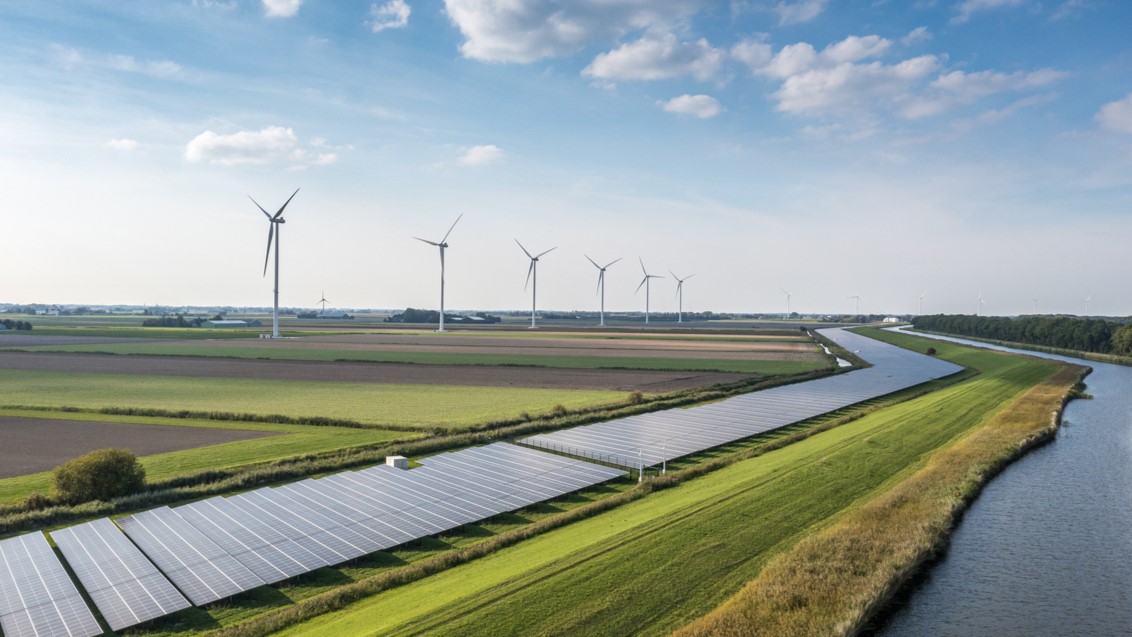How to Decarbonize Food Manufacturing — Without Compromising Food Safety
As we approach the halfway mark of the decade, governments, consumers, and leaders in every industry are uniting around sustainability and carbon reduction targets to curb the impact of climate change. While a substantial part of these endeavors is directed at industrial manufacturing, the scope of the 2030 emission goals requires widespread social transformation. This has led to an expanded focus on the decarbonization movement, drawing even the food manufacturing sector into the fold. Currently, food and agriculture account for nearly a third of global greenhouse gas emissions.
Decarbonizing food manufacturing is an essential part of achieving a net-zero economy. However, food manufacturers working to reduce emissions must ensure they don’t sacrifice food safety in the process.
5 Strategies for Net-Zero Food Manufacturing
Decarbonization takes a multi-pronged approach to remove fossil fuels throughout the supply chain. Here are five strategies for reducing emissions while preserving food safety:
1. Source From Sustainable Suppliers
Wherever possible, food manufacturing operations should use sustainable suppliers, particularly by focusing on growers, farmers, and others with carbon-neutral operations, such as net-zero egg producers. Partnering with eco-friendly suppliers can significantly lower a manufacturer’s carbon footprints as they integrate products with a lower environmental impact into their supply chain, promoting sustainability and reducing overall greenhouse gas emissions.
How to Do It: Talk with current suppliers to understand how they plan to reduce emissions. When necessary, find new, sustainable suppliers who can help you reach specific decarbonization goals. Ensure eco-friendly suppliers are compliant with all relevant food safety standards and regulations to avoid putting consumers — and your company — at risk.
2. Source Locally
Food manufacturers can lower shipping costs and transportation-related emissions by switching to local or otherwise nearby suppliers. Shorter supply chains reduce the energy consumption involved in transportation, cutting carbon emissions as well as contributing to a more sustainable operation, and even cutting down on the risks of global supply chain disruptions that were so prevalent during the pandemic.
How to Do It: Research and identify local growers and suppliers to minimize shipping distance. Properly inspect and vet suppliers to ensure their compliance with food safety regulations.
3. Improve Energy Efficiency
The latest generations of industrial machinery are designed with energy efficiency in mind. Food manufacturing operations that upgrade to modern equipment, technology, and infrastructure can save substantial energy over time and reduce their carbon footprint. As companies embrace LED lighting as a first step, it’s important they explore additional energy-efficient technologies and practices across their operations. This includes everything from production processes to facility management, ensuring a thorough approach to minimizing energy consumption and environmental impact.
How to Do It: Comprehensively upgrade machinery, equipment, lighting, electrical systems, and more to reduce energy usage. Avoid any energy-efficient systems and processes that threaten refrigeration.
4. Switch to Renewable Energy
Food manufacturing operations that transition to renewable energy can virtually eliminate their carbon footprint. This is an advanced decarbonization strategy not currently achievable for most companies given the level of investment it would require. It’s recommended to focus on pursuing this after reducing carbon emissions from suppliers and shipping.
How to Do it: Install solar panels on buildings, or purchase energy from plants powered by windmills, hydroelectric dams, or other renewable energy sources. Remain connected to backup energy sources when possible to avoid loss of refrigeration in power outages or other unforeseen circumstances.
5. Choose Carbon Offsetting
Carbon offsetting is a strategy where organizations compensate for their greenhouse gas emissions by investing in projects that remove an equivalent amount of carbon from the atmosphere. Programs like tree planting initiatives can mitigate a significant amount of the environmental impact of a food manufacturing operation, making them an essential part of the overall strategy to combat climate change until we achieve a fully circular economy.
How to Do It: Identify third-party firms that specialize in carbon offsetting, either for specific production or shipping activities, or for your company’s entire carbon footprint.
Ensuring Food Safety in a De-Carbonized Food Manufacturing Operation
As the world becomes more susceptible to extreme weather events and other forms of climate change disruption to the food supply, decarbonization will become as critical to protecting the food supply as food safety practices by food manufacturers. In the meantime, the movement toward net zero food manufacturing operations must come without sacrificing food safety. Keep updated food safety with AIB International’s newsletter to stay informed about the latest regulations, processes, and technologies.


